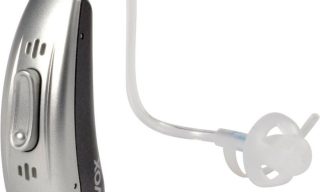These four new terms aren’t new but are playing a bigger role in day to day medicine.
Nurse Practitioner: A NP or Nurse Practitioner is an advanced degreed nurse. You must have a RN degree and between 1.5 and 3.0 years of post degreed training. On a personal note my 13 year old twin girls prefer the NP at our pediatric office and she can handle 95% of what typically comes up.
Physicians Assistant: While a NP is an advanced Nurse, a PA is goes through a medical school but a shorter one than a Medical Doctor. There are 243 PA schools in the country and they are usually 2 to 3 years post bachelors degree versus 4 years of medical school post bachelors. PA’s usually work closely with a MD but the PA can prescribe many drugs and conduct many tests. PA programs are a growing field in the US and throughout the world especially in England.
Hospitalist: Hospitalists are the fastest growing medical specialists in the US. A generation ago they didn’t exist in most hospitals and now they are popping up in most hospitals in the US except for smaller rural hospitals. In the last 20 years primary care physicians figured out they could make more money seeing patients in their clinics than making “rounds” at the community hospitals. Hospitalists become the “attending physician” to most patients in the hospitals and then the patients see their primary care physician after their release from the hospital. Most hospitalists come from an Internal Medicine background and it attracts physicians that are looking for “set hours” and “tired of fighting the insurance game”.
Palliative Physician: Palliative Care started from the hospice movement and their definitely is an overlap here. A good example of palliative care is when an adult has advanced cancer but still not “hospice ready”, the palliative team will work with the oncologists with the patients on dealing with pain, depression and care options. The words “optimizing quality of life” is the mantra of palliative care field.











